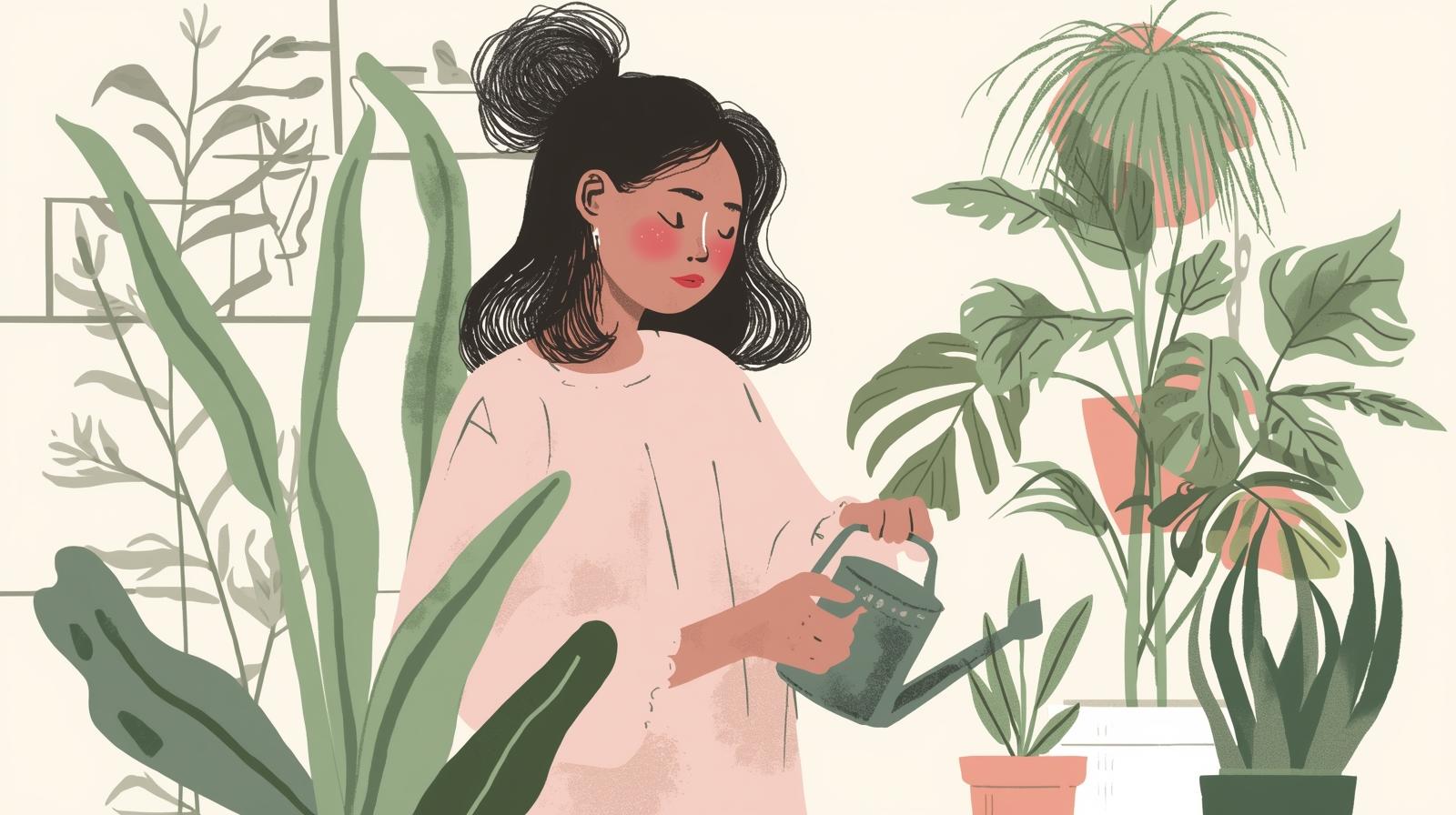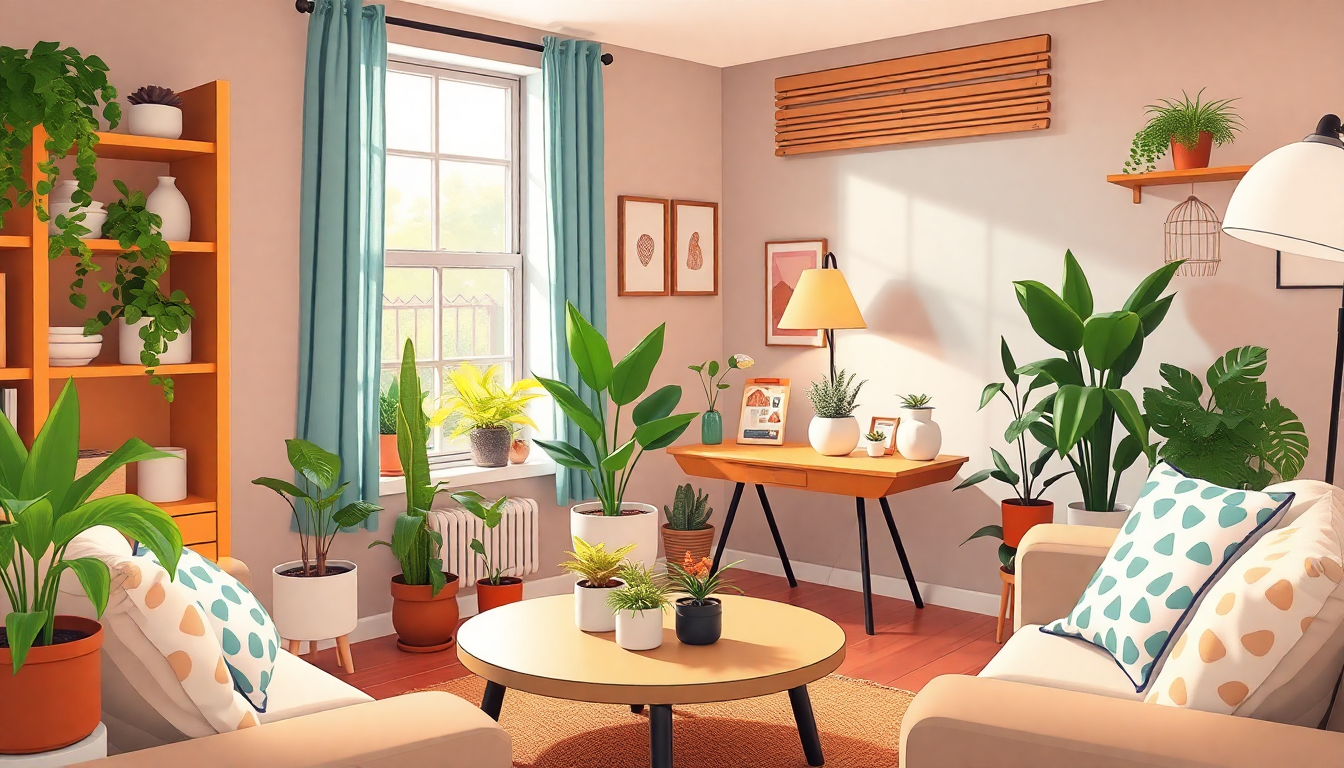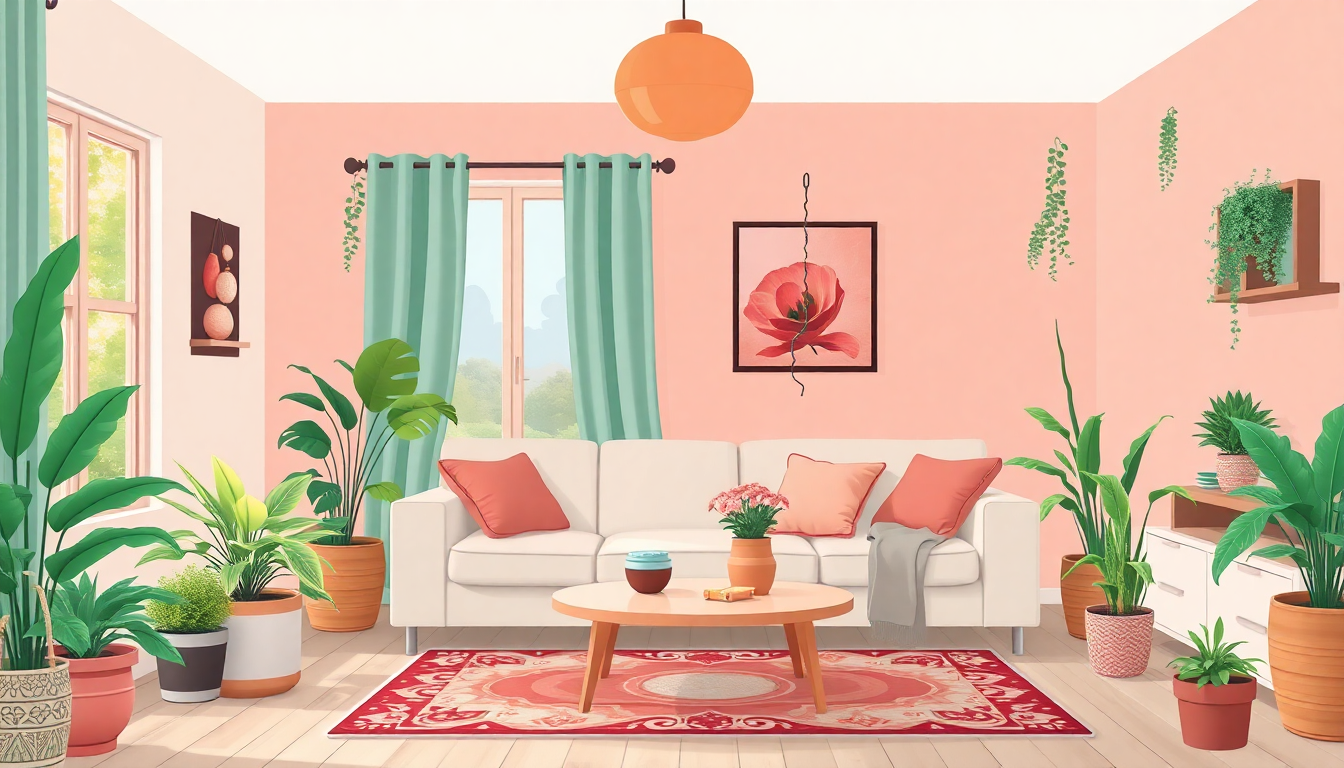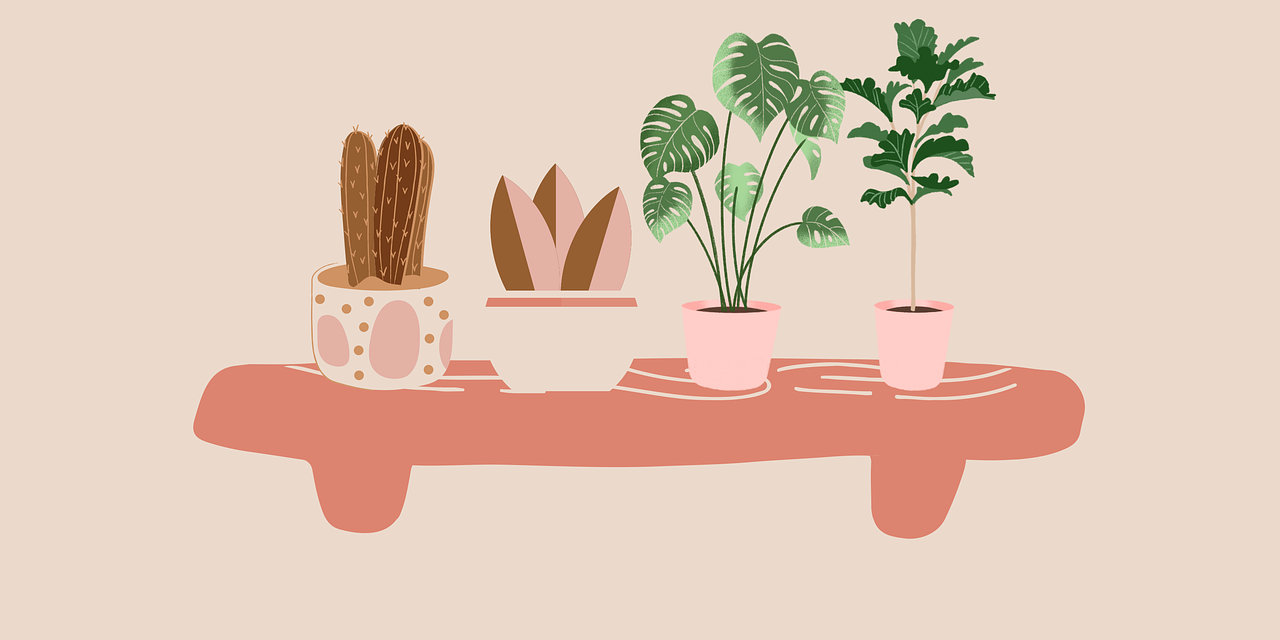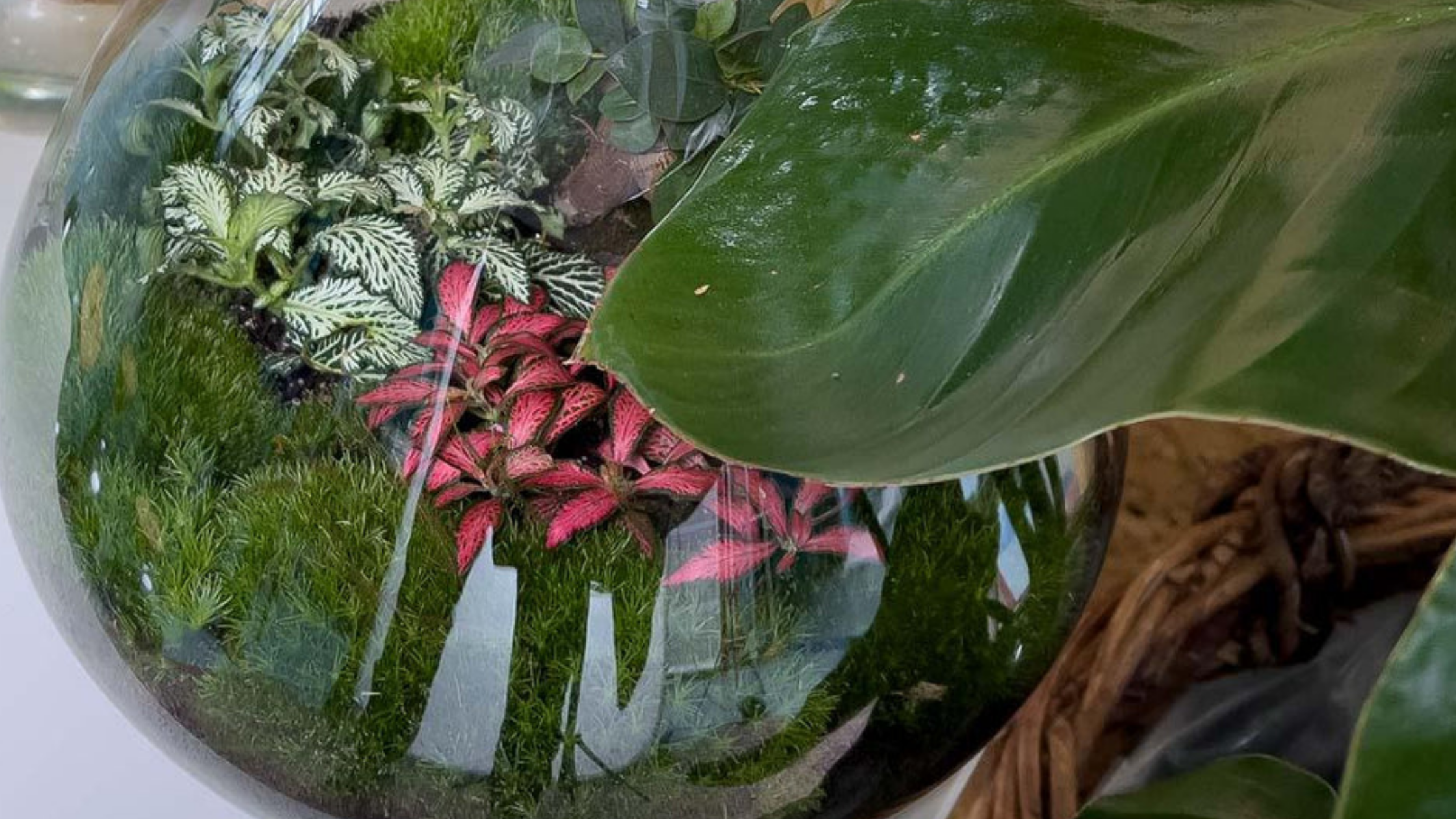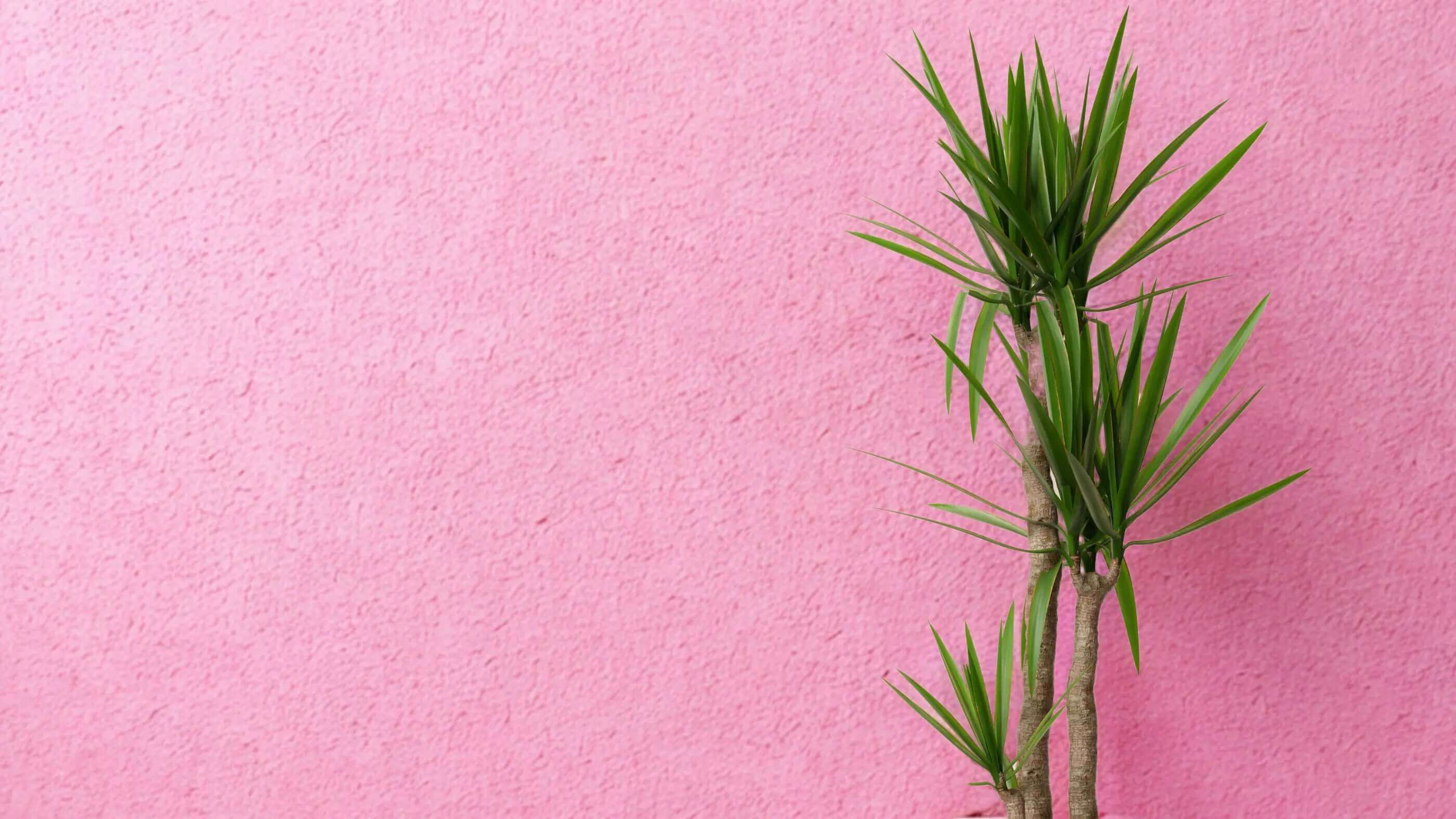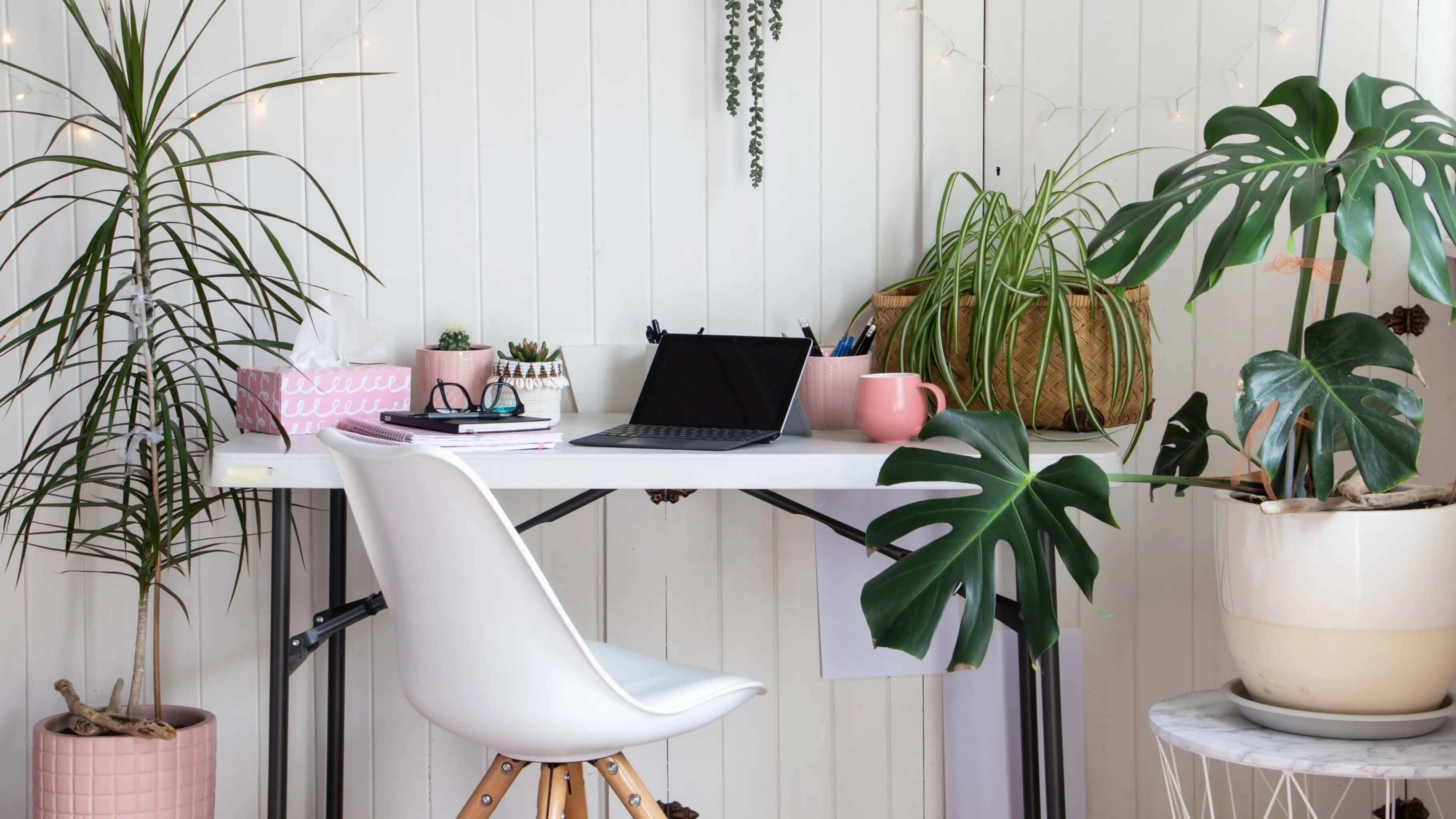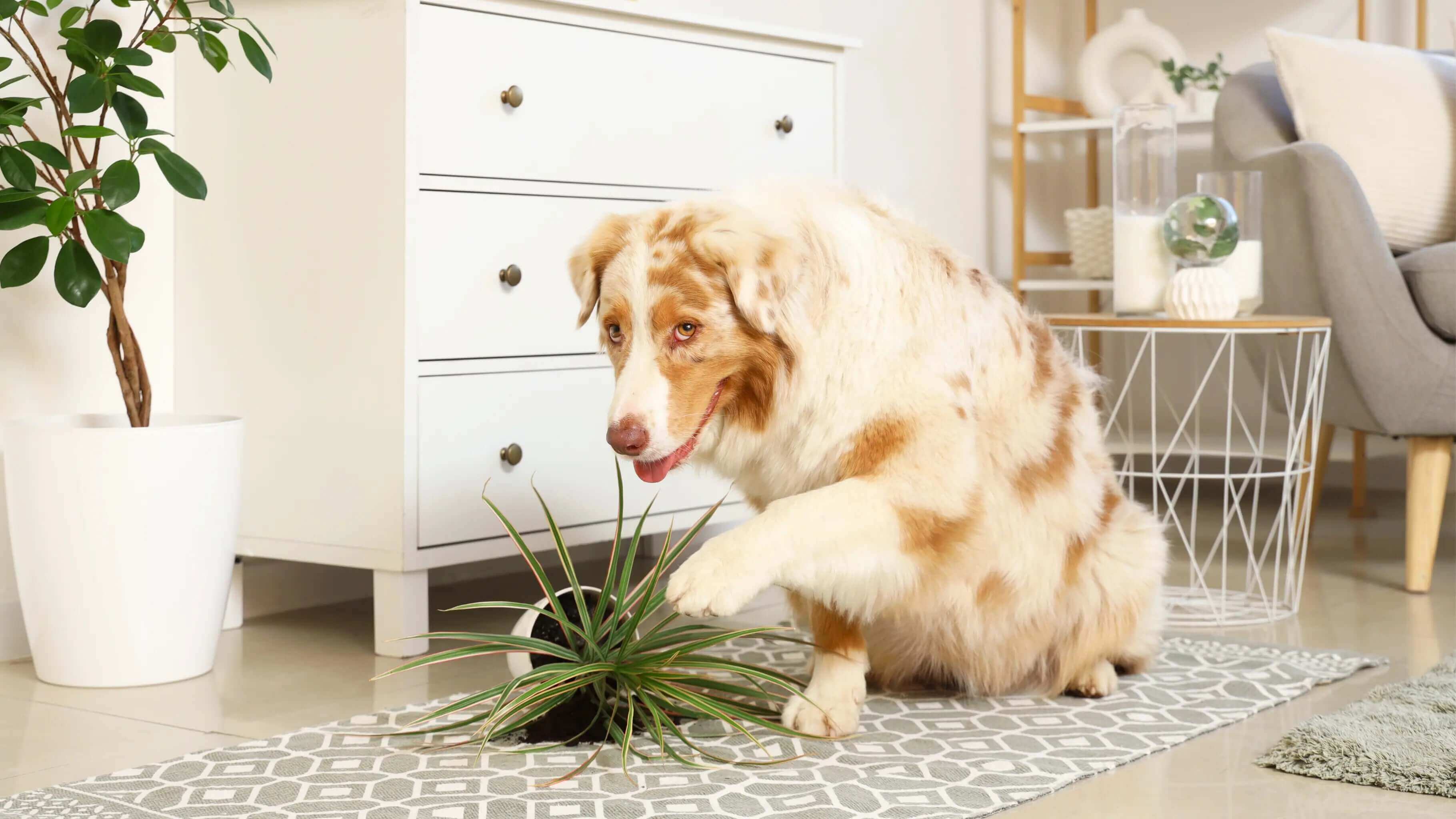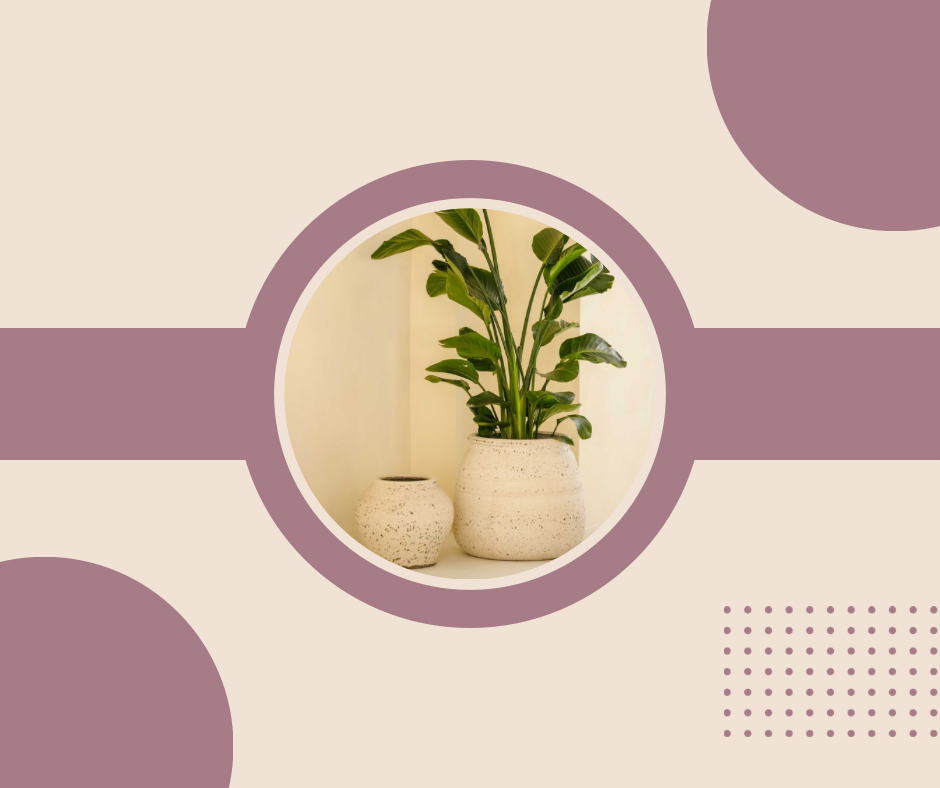How often should I water my houseplants? Everything you need to know
Houseplants bring life, color, and tranquility to your home. They're not only beautiful to look at but also contribute to a healthier living environment. Yet, caring for plants can sometimes be a challenge, especially when it comes to watering. How do you know exactly when your plant is thirsty? And how much water is actually enough?
In this blog post, we delve deeply into the world of watering. You'll learn the basic principles, which factors influence your plants' water needs, and how to recognize signs that your plant is getting too much or too little water. This way, you can ensure your green friends stay healthy and grow optimally. In this blog post, we delve deeper into the basics of watering, the influence of light and climate, and offer practical tips to keep your plants happy.
Basic principles of watering houseplants
Water is essential for a plant's life. It helps transport nutrients, supports photosynthesis, and keeps cells strong. But not every plant needs the same amount of water. Water requirements depend on the species, the size of the pot, the ambient temperature, and the humidity in your home.
In general, most houseplants need a consistent but moderate amount of water. This means you should regularly check if the top layer of soil is dry. Stick your finger about an inch into the soil. If it feels dry, it's time to water. Still moist? Wait a few more days. This prevents overwatering, which can lead to root rot.
Differences between plant species
Every plant has its own preferences. Succulents and cacti, for example, store water in their leaves and can survive for extended periods without it. Tropical plants like Calathea or Monstera, on the other hand, prefer constant humidity and need more frequent watering.
It's important to get to know your plants well. Always read the care label when purchasing, or check the product description on our website for specific information about your plant species. This way, you'll know exactly what they need and can adjust your watering routine accordingly.
Factors affecting water needs
Several factors influence how often you need to water your houseplants. The size of the pot, the type of plant, the room temperature, and especially the humidity all have an impact. During hot or dry periods, your plants will need water more frequently.
The role of light in water needs
Light is a key factor influencing your houseplants' water needs. The more light your plants receive, the more water they often need. But how can you accurately estimate this?
Effect of light on water needs
The amount of light your plants receive affects their growth and therefore their water needs. Plants in direct sunlight evaporate water faster. This means you'll need to water more often than plants in indirect light.
How much light do your plants get?
To determine how much water you need, first look at where your plants are located. Are they near a window or farther away? Light intensity also changes with the seasons. In winter, the light is weaker and shorter, making plants less active and therefore needing less water. In spring and summer, when the sun is stronger, their thirst increases. This observation will help you better estimate when to water them.
When and how often to water?
Finding the right time to water your houseplants can sometimes be a challenge, but with the right knowledge, you can make it easier.
When do you water houseplants?
The best time to water is usually early morning or late afternoon. This prevents water from evaporating before the plant can absorb it.
Temperature and humidity influence
Temperature and humidity also play a role in how often you need to water. At higher temperatures and lower humidity, plants need more water. Keep these factors in mind and adjust your watering accordingly.
First signs that your plants need water
Watch your plants closely for signs that they're thirsty. If the leaves start to wilt or develop brown edges, it's usually a sign they need more water.
Tips for effective watering
To ensure that you take good care of your plants, we have collected some tips.
Using the right types of pots
Make sure your pots have good drainage. This prevents excess water from pooling and helps prevent root rot. If your plants are in pots without holes, you'll need to be extra careful with the amount of water you give.
Amount of water needed
A general rule is to water enough to keep the soil moist, but not soggy. This can vary from plant to plant, so it's advisable to experiment with each plant until you find the right amount.
Watering techniques
There are several techniques for watering plants. One popular method is immersion, where you place the plant in a container of water until the air bubbles disappear. This ensures that the plant absorbs water evenly.
Common mistakes when watering
Even experienced plant owners sometimes make watering mistakes. Here are some common problems.
Water too often or too little
One of the biggest mistakes is watering too often or too little. This can lead to poor plant growth and even death.
How to judge: Water more often or less?
If you notice your plant constantly wilting, try adjusting your watering routine. Take a moment each week to feel the soil. If it's still moist, wait a few more days before watering.
Under the influence of plant species
Always consider the specific needs of your plant species. Some plants can tolerate more drought than others, which affects their water requirements.
Now it's your turn! Share your experiences with watering houseplants or ask your questions on our social media channels. Remember, every plant is unique, and finding the right balance is crucial for healthy growth. Together, we can ensure our plants thrive and stay healthy!

